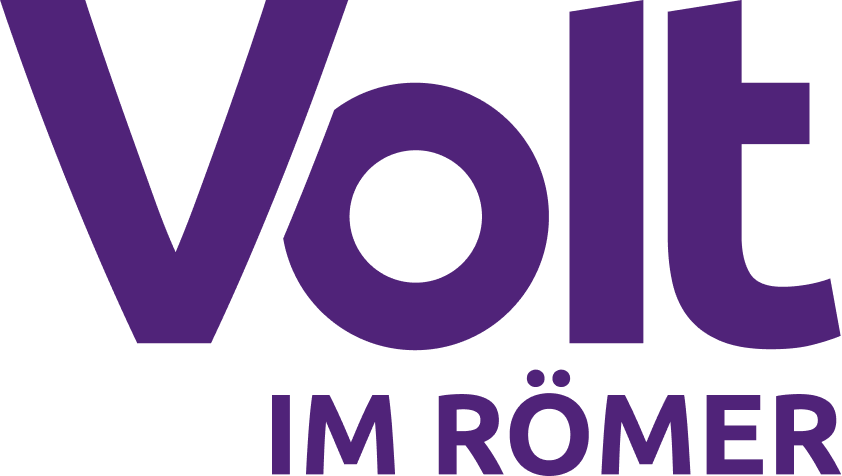28.10.2025 DTCF centerpiece of modern public transport
In yesterday’s mobility committee on October 27th, a joint motion by the parliamentary groups of the Greens, SPD, and Volt was passed with a large majority, which aims for automated, driverless operation on the Frankfurt Stadtbahn [city railway/light rail].
“The future of local transport is digital and sustainable. Frankfurt can let itself be inspired by other innovation drivers in Europe in this regard,” explains Martin Huber, mobility policy spokesperson for Volt in the Römer. “Autonomous subways will make operation more efficient in the future, relieve the driving personnel, and prospectively enable the expansion of the timetable offer.”
Already today, VGF is creating the foundation with the Digital Train Control System Frankfurt (DTCF), a state-of-the-art digital train control [system]. It replaces the classic signal system with permanent communication between trains and infrastructure. As a result, the exact position of every vehicle is known in real-time; driving and braking processes are automatically optimized. This has the advantage that more trains can run closer together without safety suffering in the process. This increases the network’s capacity considerably, especially in the heavily utilized tunnel sections of the Frankfurt U-Bahn [subway]. During peak times, many additional passengers per hour can thus be transported without expensive new constructions being necessary. At the same time, the system enables more punctual operations, smoother journeys, and lower energy consumption.
Other European metropolises like Paris or Copenhagen already successfully rely on such systems and have thereby made their networks more high-performing and reliable. Frankfurt is currently testing semi-autonomous vehicles and plans to convert the entire Stadtbahn network to DTCF by 2031.
“Only if public transport becomes more attractive, reliable, and higher-performing will more people decide to switch from the car. DTCF is a central building block to significantly improve the offer in public transport. We must simply use the existing infrastructure more intelligently, instead of relying solely on admittedly important, but thus far too lengthy new construction projects. Fully autonomous driving can furthermore make a decisive contribution to securing operations in the future, despite lacking skilled workers and rising personnel costs,” Huber concluded.

